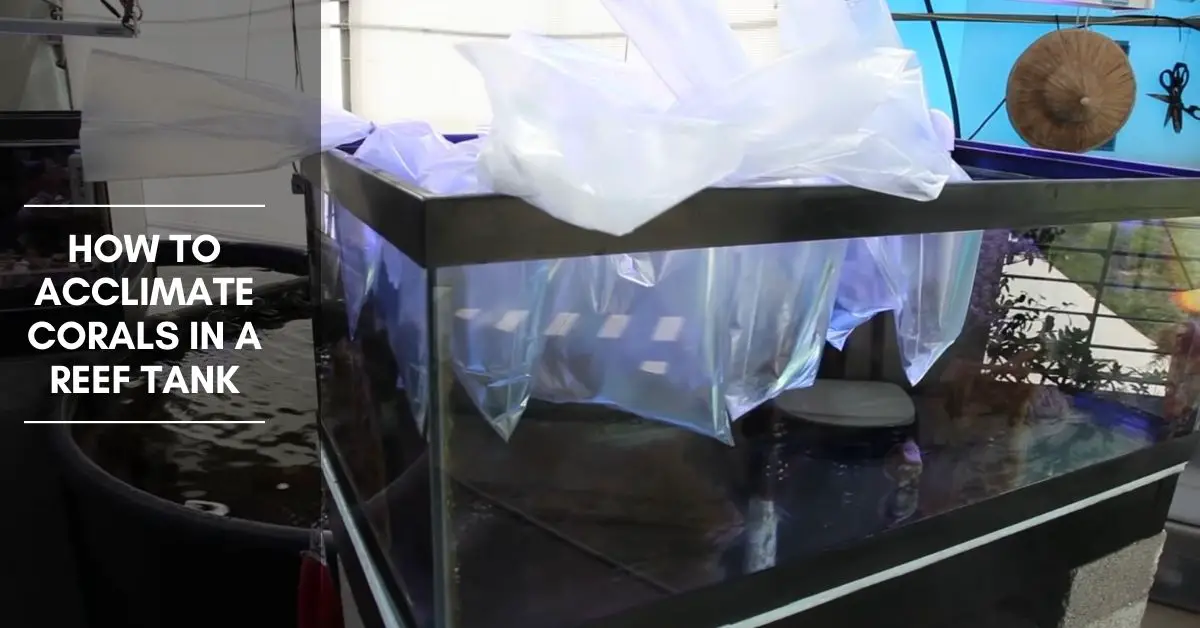When acclimating a new coral make sure you keep it in a separate container from fish and invertebrates that you acclimate at the same time.
This slow acclimation method will slowly raise the pH; drip acclimation alters the bucket water to match the aquarium water parameters. Remember to always acclimate in a shaded or dark area as corals are sensitive to sudden light changes.
Tetra AquaSafe Plus, 8.45 Ounces, aquarium Water Conditioner And Dechlorinator, Model Number: 46798162681
$8.49 (as of July 15, 2024 11:07 GMT +03:00 - More infoProduct prices and availability are accurate as of the date/time indicated and are subject to change. Any price and availability information displayed on [relevant Amazon Site(s), as applicable] at the time of purchase will apply to the purchase of this product.)API TAP WATER CONDITIONER Aquarium Water Conditioner 16-Ounce Bottle
(as of July 15, 2024 07:06 GMT +03:00 - More infoProduct prices and availability are accurate as of the date/time indicated and are subject to change. Any price and availability information displayed on [relevant Amazon Site(s), as applicable] at the time of purchase will apply to the purchase of this product.)API STRESS COAT Aquarium Water Conditioner 4-Ounce Bottle (85B)
40% OffTime needed: 1 hour and 30 minutes
Acclimate Corals Steps
- Turn off the aquarium light
Turn off the aquarium light to avoid stressing the corals and dim room lights.
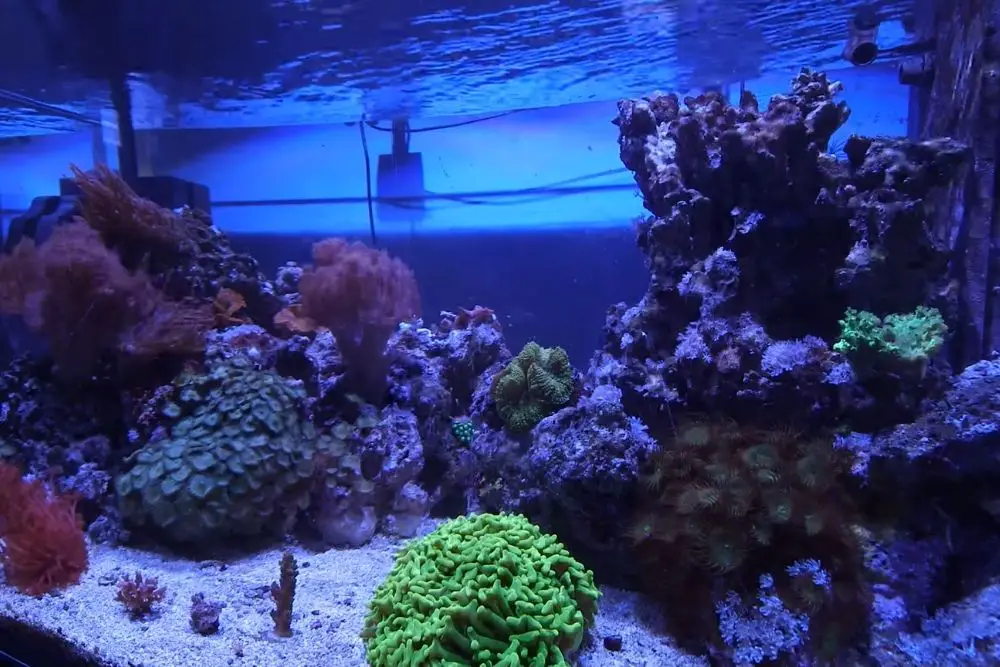
- Float sealed bag
Float a sealed bag of corals in the aquarium or sump water for 15 to 30 minutes. The salesperson should have filled at least half the bag with air, enabling the bag to float in your aquarium. Floating the bag allows the water in the bag to gradually adjust to the same temperature as the aquarium water.
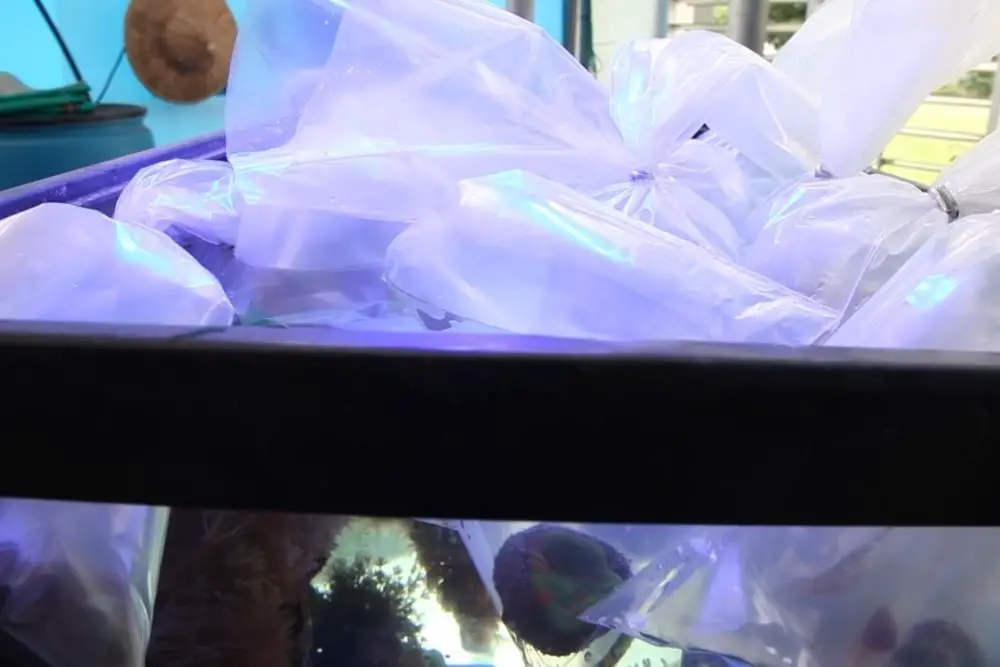
- Put a clean bucket in front of the aquarium
Put a clean, nontoxic, or food-grade container or bucket in front of the aquarium. The number and size of the corals you are adding to your aquarium determine the size of the bucket you will need. Generally, a three to five-gallon container will do.
- Pour the water into the bucket and add the corals
Once the temperature of the water in the plastic bag is the same as the water in the aquarium, open the bag and pour the water into the bucket. Gently place the coral in the water you just poured. Hard coral needs to be carried by its stony part without touching the flesh.
It is advisable to wear disposable sterile rubber gloves since some people are allergic to the toxins that corals release; gloves ensure that nothing on your hands affects the corals and can prevent being stung by aggressive corals. If there is not enough water to cover the corals, place something under one side of the bucket to make a pocket of deep water inside.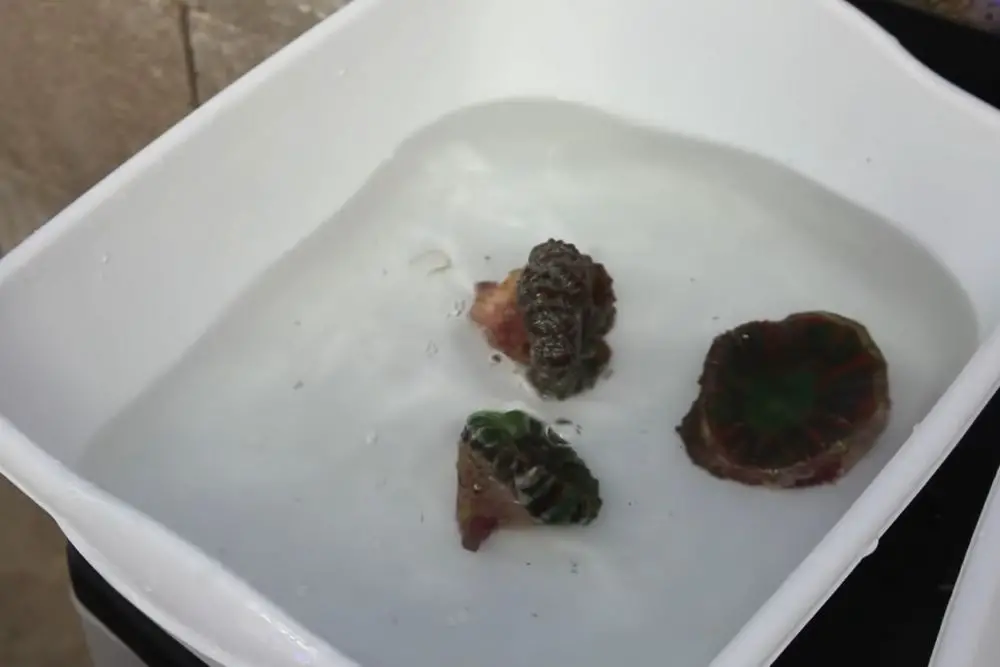
- Add an ammonia neutralizing product
Add an ammonia neutralizing product to the bucket of water with the corals. There are several products available at aquarium stores that will quickly neutralize ammonia.
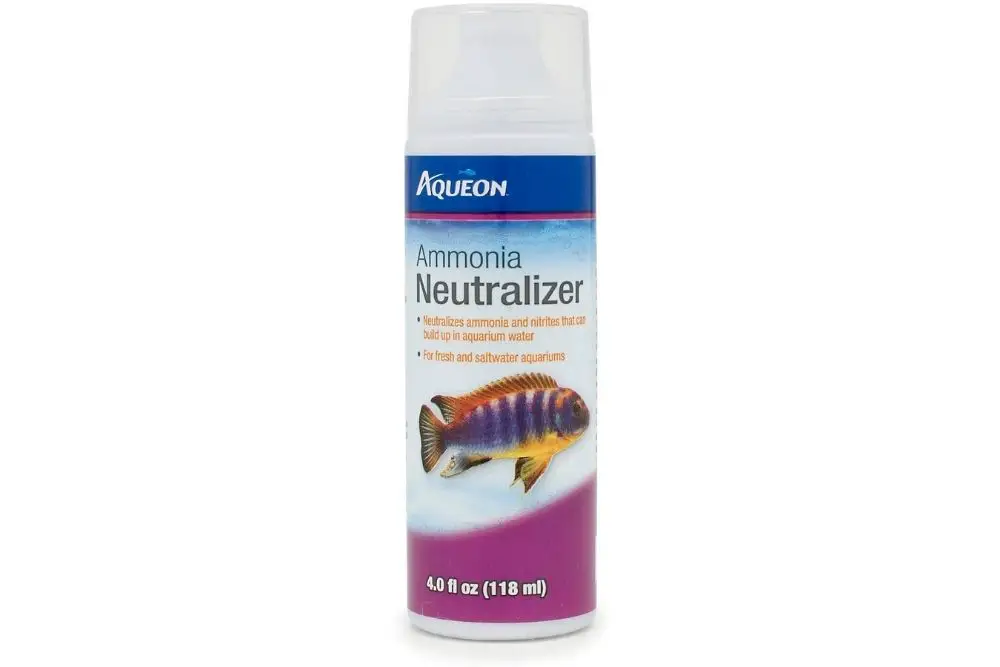
- Drip water from your aquarium into the container
Start a siphon to slowly drip water from your aquarium into the container. The siphon is a section of airline tubing, generally four to six feet long, with an adjustable valve on one end. Place the end of the tubing without the valve in your aquarium; suck on the valve end to begin water flow. Place the tubing in the bucket and slowly open and close the valve until it drips two to four drops per second.
- Keep corals in the dark
Cover the bucket to keep corals in the dark.
- Dip out about half of the water
When the water in the bucket has doubled, dip out about half of the water and discard.
- Add more water
Let the water level double again.
- Test the pH of the water in the bucket
Test the pH of the water in the bucket. If it matches the water of the reef aquarium acclimation is complete. If not continue the drip method until the pH of the bucket matches your reef.
- Place corals in a clean container
Once acclimation is complete place corals in a clean container with a premixed commercial coral dip. Follow the manufacturer’s directions on the coral dip; remove the desired amount of water from your reef and mix it with the recommended dip dosage.
Gently place acclimated corals into this container for the manufacturer’s specified time, usually ten to fifteen minutes. Every few minutes, use a turkey baster to gently blast water at the corals to help circulate the water as well as to knock most pests off the coral.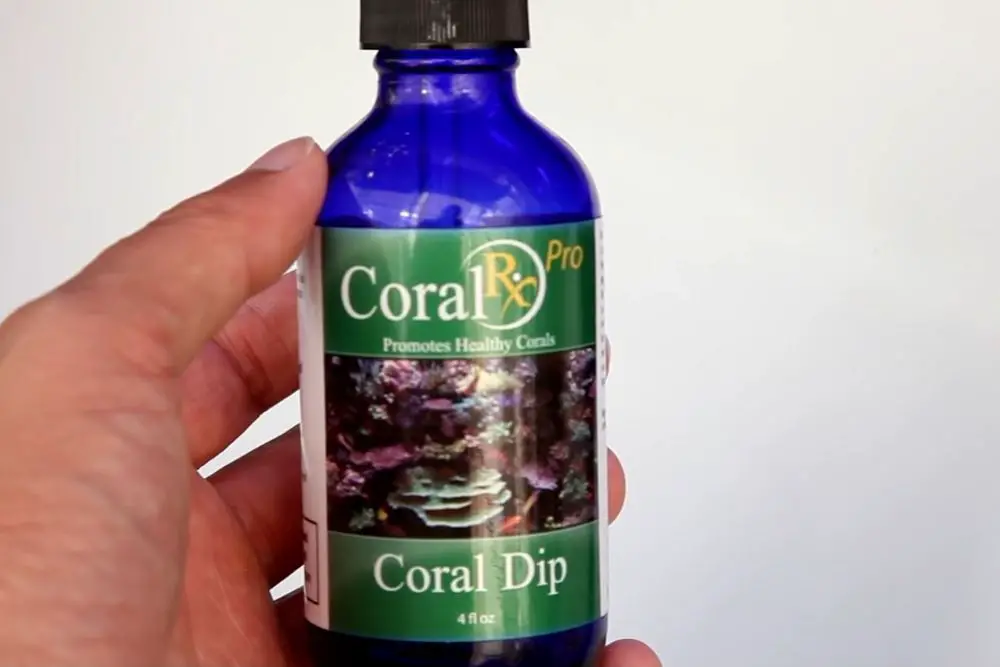
- Add the coral to the aquarium
Next, transfer the coral to the aquarium. Some dips recommend a final rinsing of the coral in new water from your aquarium. Place the coral in the lower to the middle of your aquarium for the first week to allow the coral to slowly adjust to the intensity of the reef light. After the first week, move the coral to a more ideal spot in your aquarium.
- Add premixed saltwater to the aquarium
Add premixed saltwater to the aquarium to replace the water that was removed during the acclimation process.

Hi, my name is Sean, and I’m the primary writer on the site. I’m blogging mostly about freshwater and saltwater aquariums, fish, invertebrates, and plants. I’m experienced in the fishkeeping hobby for many years. Over the years I have kept many tanks, and have recently begun getting more serious in wanting to become a professional aquarist. All my knowledge comes from experience and reading forums and a lot of informative sites. In pursuit of becoming a professional, I also want to inspire as many people as I can to pick up this hobby and keep the public interest growing.
Read more about Sean.
Please join also my Facebook group.

